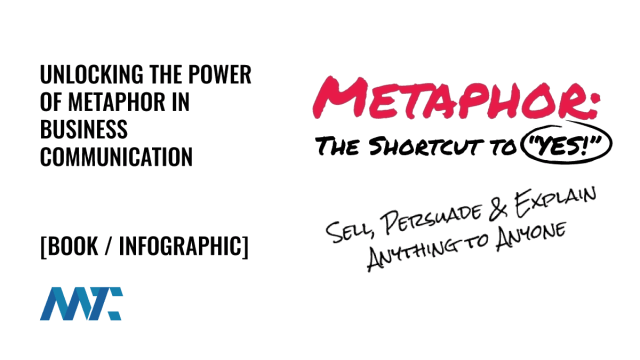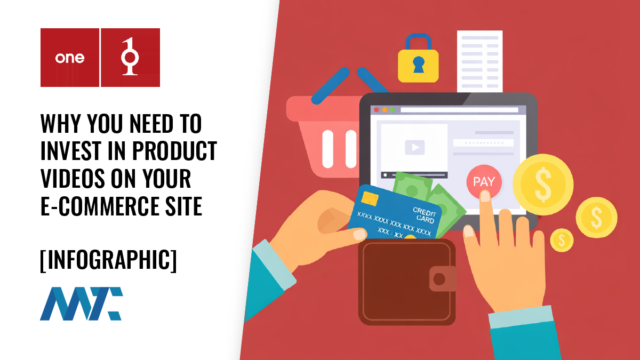What is Blockchain Technology?

Blockchain technology has become one of the most transformative innovations in recent years. While it is often associated with cryptocurrencies like Bitcoin, its potential extends beyond digital currencies. Businesses across industries are exploring blockchain to improve their operations’ transparency, security, and efficiency. This article explains blockchain technology, why it is innovative, and how it can be applied across multiple industries.
Table of Contents
How Blockchain Works
At its core, blockchain is a decentralized, digital ledger that records transactions across a peer-to-peer (P2P) network. Unlike traditional systems, which rely on centralized authorities, blockchain transactions are validated by a network of participants (nodes), ensuring transparency and security.

Below is a step-by-step breakdown of how a blockchain transaction works:
- Transaction Request: A user initiates a transaction, which could involve transferring cryptocurrency, signing a contract, or recording data.
- Broadcast to Network: The transaction request is sent to a decentralized peer-to-peer (P2P) network consisting of computers (nodes), which work together to process the request.
- Validation: The network of nodes verifies the transaction’s authenticity and the user’s status using consensus mechanisms and cryptographic algorithms.
- Transaction Approval: Once validated, the transaction is approved and ready to be recorded on the blockchain.
- Block Creation: The verified transaction is grouped with other transactions to form a new block of data for the ledger.
- Block Addition to the Blockchain: The newly created block is permanently added to the existing blockchain tamper-proof, ensuring transparency and security.
- Completion: The transaction is finalized, and the updated record is distributed across the entire network, making it immutable and verifiable by all participants.
This decentralized and secure process ensures that blockchain remains a trustworthy and efficient system for recording and verifying transactions across various industries.
Why Blockchain is Innovative
Blockchain introduces several groundbreaking innovations that set it apart from traditional systems:
- Decentralization: Unlike centralized systems controlled by a single authority (such as banks or corporations), blockchain operates across a distributed network, reducing risks of fraud, manipulation, and downtime.
- Enhanced Security: Convenience mechanisms encrypt and verify transactions, making hacking or data breaches extremely difficult.
- Smart Contracts: Blockchain supports self-executing contracts with predefined rules. These contracts automatically enforce agreements, reducing the need for intermediaries in transactions.
- Transparency and Immutability: Every transaction on a blockchain is recorded in a public or private ledger that is visible to network participants. Once data is added, it cannot be altered, ensuring an auditable and transparent history.
Cryptocurrency: The First Major Application of Blockchain
When most people hear blockchain, they immediately associate it with cryptocurrency. This is because blockchain technology was first introduced to the world through Bitcoin, the pioneering digital currency created by an anonymous entity known as Satoshi Nakamoto in 2008. While blockchain has since found applications beyond digital currencies, cryptocurrency remains its most well-known and widely used implementation.
The Inception of Cryptocurrency
Bitcoin was designed as a decentralized, peer-to-peer digital currency that operates without the need for traditional banks or financial institutions. At its core, Bitcoin relies on blockchain technology to maintain a secure, transparent, and immutable ledger of transactions. The goal was to create a system where financial transactions could be conducted without intermediaries, reducing costs, increasing transparency, and providing financial access to individuals without traditional banking services.
Following Bitcoin’s success, thousands of alternative cryptocurrencies emerged, such as Ethereum, Litecoin, and Ripple. Each introduced unique features, including smart contracts, faster transaction speeds, and enhanced privacy measures. Ethereum, for instance, revolutionized the industry by introducing programmable smart contracts, allowing developers to build decentralized applications (DApps) on its blockchain.
How Cryptocurrency Utilizes Blockchain
Cryptocurrencies leverage blockchain in several key ways:
- Decentralization: Unlike traditional currencies controlled by governments or financial institutions, cryptocurrencies operate on a decentralized network of nodes, making them resistant to censorship and single points of failure.
- Transaction Security: Every cryptocurrency transaction is verified by a network of nodes using consensus mechanisms such as Proof of Work (PoW) or Proof of Stake (PoS). This prevents double-spending and ensures transaction integrity.
- Immutable Ledger: Once a transaction is recorded on the blockchain, it cannot be altered or erased. This permanence prevents fraud and manipulation of financial records.
- Borderless Transactions: Cryptocurrencies enable fast, cost-effective cross-border transactions without banks or third-party intermediaries. This is particularly beneficial in regions with underdeveloped financial infrastructure.
- Smart Contracts: Some cryptocurrencies, such as Ethereum, use blockchain to execute self-enforcing digital contracts. These contracts automatically trigger actions when predefined conditions are met, eliminating the need for intermediaries.
The Growth and Future of Cryptocurrency
Since Bitcoin’s introduction, the cryptocurrency market has experienced exponential growth. What started as a niche technology a small group of enthusiasts used has evolved into a trillion-dollar industry with institutional investors, corporations, and even governments exploring its potential.
Mainstream adoption is increasing, with major companies accepting cryptocurrency payments, financial institutions launching crypto investment products, and governments experimenting with central bank digital currencies (CBDCs). Despite regulatory challenges, the evolution of blockchain technology continues to drive innovation within the cryptocurrency space.
As blockchain expands into industries beyond finance, cryptocurrency remains a powerful example of how decentralized technology can disrupt traditional systems and provide new economic opportunities worldwide.
Blockchain Beyond Cryptocurrency
While blockchain gained popularity through Bitcoin and other cryptocurrencies, its applications extend far beyond digital money. Businesses across industries leverage blockchain to improve efficiency, security, and accountability. Potential applications include:
- Automotive: Blockchain can facilitate fractional ownership of autonomous vehicles, secure digital identities for drivers, and optimize supply chain management in vehicle manufacturing.
- Financial Services: Faster and more cost-effective settlements can save billions of dollars in transaction fees. Blockchain eliminates intermediaries in cross-border payments, lending, and trade finance.
- Energy Trading: Decentralized energy markets allow consumers to trade excess renewable energy directly with others, eliminating reliance on central utility providers.
- Healthcare: Authorized providers can securely store and access Patients’ medical records without risking privacy breaches. This could significantly improve patient care and reduce administrative inefficiencies.
- Intellectual Property and Royalties: Artists, musicians, and content creators can use blockchain to protect their work and ensure fair compensation through automated smart contracts.
- Real Estate: Blockchain simplifies property transactions by recording ownership and contract details on an immutable ledger, reducing paperwork and fraud.
- Supply Chain Management: Companies can use blockchain to track products from manufacturing to delivery, ensuring authenticity, reducing fraud, and enhancing logistics efficiency.
- Voting Systems: Blockchain-powered voting enables constituents to cast ballots using secure digital codes, ensuring immediate verification and reducing the risk of election fraud.
Hardware Advancements in Blockchain Mining
For blockchains that use Proof-of-Work (PoW) mechanisms, such as Bitcoin, mining plays a crucial role in verifying transactions and adding new blocks. Mining requires powerful computing hardware to solve complex cryptographic puzzles. Recent advancements in hardware have significantly improved mining efficiency:
- Application-Specific Integrated Circuits (ASICs): These specialized chips are designed exclusively for mining, offering higher efficiency and lower power consumption than general-purpose GPUs.
- Energy-Efficient Mining Farms: Companies are investing in renewable energy sources, such as hydro and solar power, to reduce the environmental impact of mining operations.
- Cloud-Based Mining: Some businesses are shifting toward cloud mining, where users can lease processing power from remote data centers, reducing the need for individual hardware investments.
As blockchain technology continues to evolve, advancements in hardware will make mining more sustainable and efficient, ensuring that blockchain networks remain secure and scalable.
Blockchain technology is a revolutionary innovation with the potential to transform industries beyond cryptocurrency. Its decentralized, transparent, and secure nature makes it an attractive solution for businesses looking to enhance efficiency and trust in their operations. As industries continue to explore new applications, blockchain will play a crucial role in shaping the future of digital transactions, data management, and security.








